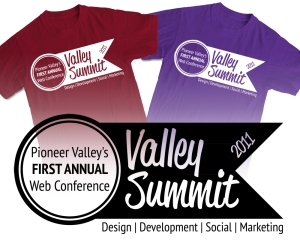 [/caption]
[/caption]In Hidden Know-how - How Managers Solve Thorny Problems with the Knowledge Jam (Josseybass: 2011), author and corporate strategist Katerina Pugh unpacks the swollen, daunting, and sloppy world of organizational learning:
- Swollen in the size of its ambitions and all the nonverbal and unscripted baggage it entails
- Daunting in its disparity between high-minded concept and lame execution
- Sloppy in a sincere but misplaced faith that a seat at the table ensures a productive exchange of agreed-upon outcomes
Pugh leaves as little to chance as a planned communication can contain within its unscripted boundaries. She zeros in on the transfer point in the knowledge transaction between knowledge originators and recipients. Pugh takes immediate aim at recipients who are too passive and one-sided exchanges where impervious originators are more interested in addressing their expertise -- not their colleagues:
"People who use the knowledge should drive the conversation, as they are more likely to draw out context that would make applying knowledge easier."
All too often a static presenter is appointed expert and does a brain dump. The recipients are then faced with two off-putting choices:
- Follow the presenter's logic through and accept or question the conclusions based on the originator's perspective (poking at the dumping pile), or
- Wondering off-script by asking the expert to apply these rationales to the recipient's own circumstances
Either way, these situational roles impose their own limits: (1) being lectured at, or, (2) deviating from the presenter's preparations and the group being presented to. Pugh's methods for sparking meaningful exchanges center on the practical matter of liberating originators and recipients from the self-imposed limitations that impeded the transfer process. Here are a few ripe examples of such roadblocks and counter-steps or probes the facilitator can take to redirect the conversation:
1) Impatience: Participants are worn down by excessive detail.
Probe: Ask the group whether to continue the drill-down or table for further offline deliberation, a.k.a. "the parking lot."
2) Silence: Participants hold back their knowledge through suppression and distraction.
Probe: Build on pre-established trust in drawing out tight-lipped originators -- "Sally, you recently had something like that. Can you explain how you handled it?"
3) Passive-Aggressive: Some key players may weigh-in by sitting out the transfer or what Pugh terms "the discover/capture event" which ensues after the planning stage.
Probe: Connect the goal orientation of reticent participants to the event results; mainly the knowledge gained and shared to support these goals. In effect, "make it worth their while" by making them accountable for these outcomes.
4) Argumentative: Some actors fancy their participation as the devil's advocate or out-and-out contrarian, injecting skepticism or doubt into the mix or even into the knowledge jam itself. Pugh intimates that a hostile edge in a disbelieving stance stems from participants who perceive the limits of their own authority to affect change, or even the questioning of that authority by the group.
Probe: "Don't let the argument be between the facilitator and doubter," writes Pugh. "Instead, use the group to address the argument."
These four examples are but a sliver of a rich and deep roadmap for engaging participants, repairing breakdowns, and advancing difficult but ultimately productive knowledge transfers. By articulating the protocols for consensus-building Kate Pugh has assembled a beckoning refuge for harboring the tensions and frictions that need to be addressed in any open and honest team-building effort.
Throughout the book Ms. Pugh maintains her insistence about the need for openness -- (in quoting Williams College President Adam Falk) "... to extend and refine our thinking in the presence of others who bring their own experiences and motivations." That goal seems all the more achievable as the methods detailed in Hidden Know-how find their way into the toolkits of knowledge brokers and conversations across conference room tables in all walks of organizational learning.



